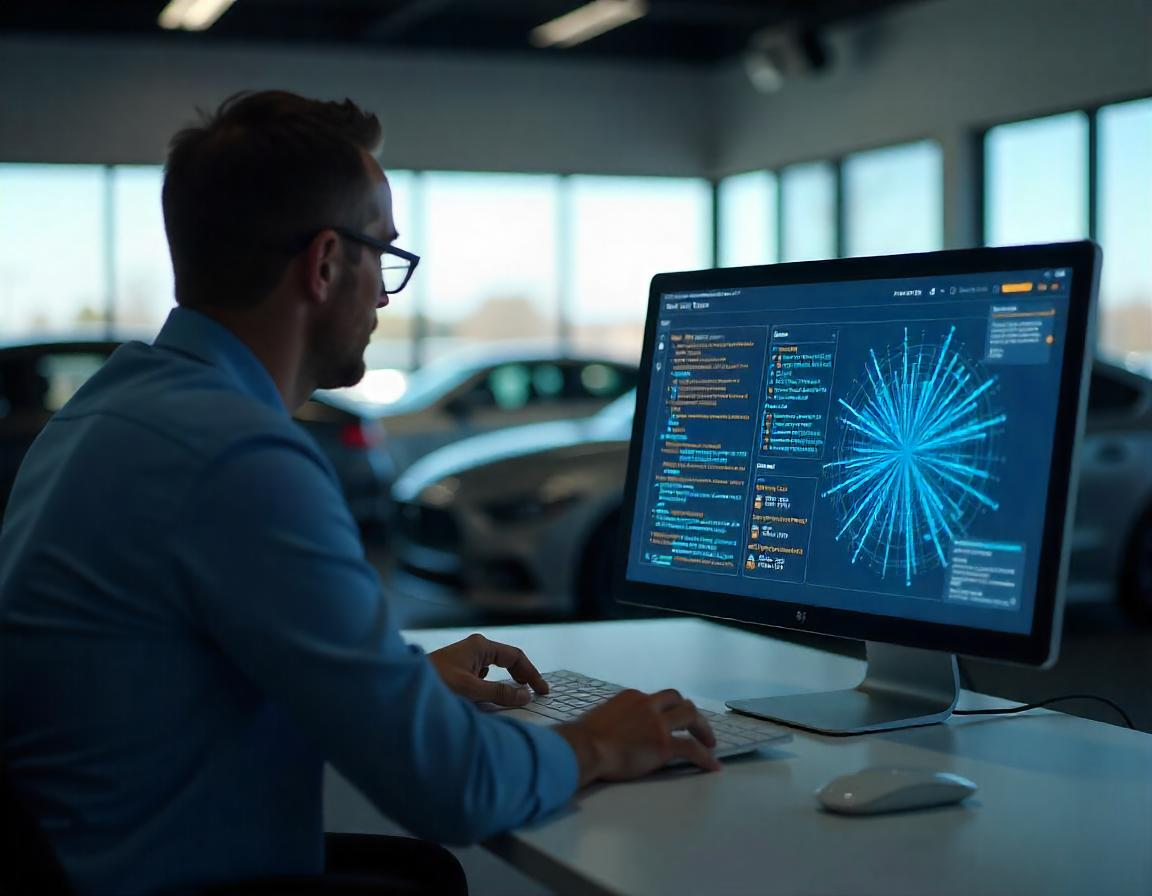The Importance of Data Connectivity & Orchestration in 2023

Table of Contents
Table of Contents
The automotive industry is in the midst of a massive technological revolution. The very way dealers communicate with their customers has dramatically changed in the post-pandemic era and, following the introduction of automotive centric Customer Data and Experience Platforms (CDXP) in 2022, dealerships have begun understanding the critical importance of data connectivity and data orchestration in building strong, successful, stable businesses.
What is data connectivity?
Data connectivity is something that has been missing in automotive for decades.
The average dealership is overrun with data silos – different sources that all hold bits and pieces of the dealership’s first party data including the CDP, CRM, inventory and OEM offers, none of which integrate or communicate with each other. This creates a massive disadvantage for dealerships as the disconnected data sources don’t allow the dealer to understand the full story their data is trying to communicate.
Data connectivity is the process of taking these disjointed, disconnected data silos and bringing them all together into one organized, cohesive system to create a clean data set. While this has been historically difficult in the past, the introduction of the CDXP has transformed automotive data, giving dealerships the tools they need to connect their data and orchestrate it to create seamless customer shopping experiences and personalized targeted marketing campaigns.
Why is data orchestration so important for automotive?
Let’s take a look at a real world example. John Smith visits your dealership website and lands on a VDP that interests him. He converts on your website by filling out a form and immediately receives an email about a different car. John Smith is no longer interested in hearing from your dealership because you have not met his needs or spoken to his interests.
How about this scenario: Mary Jones visits your website, looks at 2 or 3 vehicles and then gets hit with a retargeting ad for a specific vehicle in your inventory. Sounds promising, right? But then she clicks the ad and gets sent to your 404 page. “Oops, it seems this page doesn’t exist.” Why? The car may have already been sold or the page was removed from your website, but your ad is still driving traffic to a dead VDP costing you a strong lead.
These experiences are unacceptable to modern day consumers. Shoppers expect a fully personalized experience every time they engage with your business. Generic emails and ad campaigns or technological snafus may seem like a minor inconvenience to you but they are costing your dealership money in a big way.
Challenges like these are a function of the information overload we’re facing. There is data and information spread out everywhere and, because it’s not connected, the data is creating really poor user experiences that are losing you customers. In order to avoid these pitfalls, your dealership needs to invest the proper time and resources into developing and implementing an extensive data strategy for your dealership.
How can you get started on building a data strategy?
Map all data silos
Create a clear mapping of all your customer touchpoints and data sources in one document or spreadsheet. This will help you recognize where and how you are communicating with your customers and give you the ability to track how that information is then fed back into your dealership. Once your map is complete, you can identify which areas of your data are siloed and what needs to be connected.
Find a data hub
There are several software options on the market that can help your dealership deal with siloed data. Research your options and find the one that will work best for your dealership by connecting your systems and customer touchpoints to create one customer record and a seamless shopping experience. This part of the process will also likely give you the opportunity to consolidate vendors.
Integrate a strategy
Data connectivity is only half the equation. Once you have connected data, it’s critical you can execute and take action based on insights. For example, are your ads reflecting information from your CRM? Are your email follow-ups based on website activity? Making sure your marketing machine is leveraging the orchestrated data will be key to success in 2023.
While this may have seemed impossible five years ago, new technologies like CDPs and CDXPs have proven it to be possible and shown us the importance of data orchestration and connectivity. Fullpath’s leading Customer Data and Experience Platform can help eliminate your dealership’s data silos and leverage your first-party data to execute 1:1 personalized omni-channel marketing campaigns. To learn more, contact us at get.started@fullpath.com.
*An earlier version of this article originally appeared on dealermarketing.com.
Fill out this form to schedule a personalized demo today!
Feel free to tell us more about you so we can personalize your demo.
Sign up for our newsletter!
We value privacy and would never spam you. We will only send you important updates about Fullpath.



